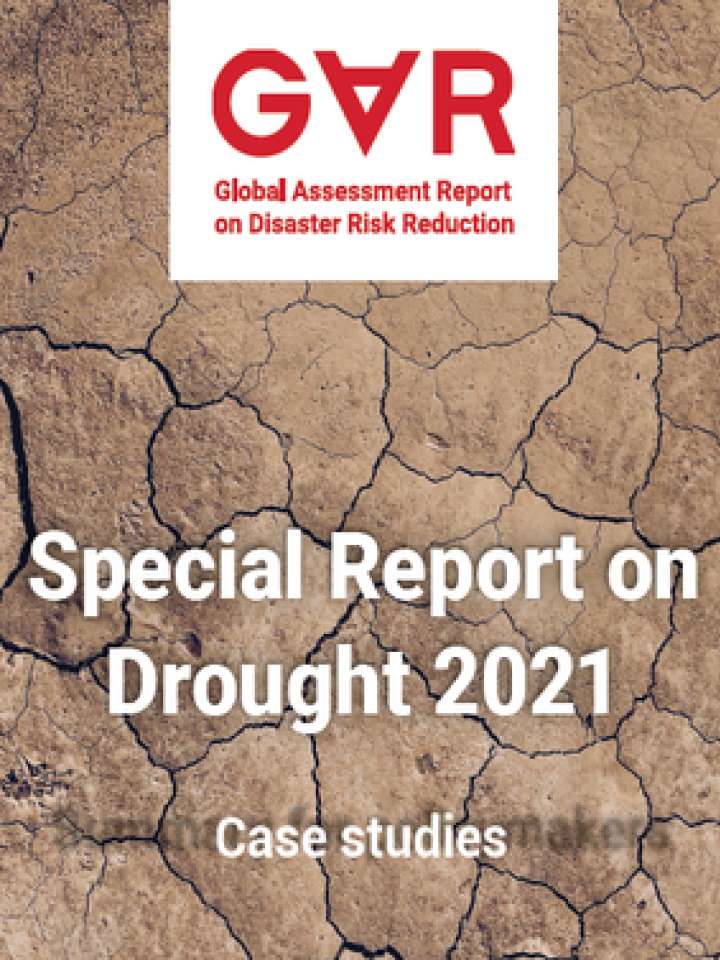Changing the slow onset mentality of drought: a case study of flash drought in the United States and the Northern Plains
Key Messages
- Drought early warning and information systems must be flexible and receptive toward the integration of new indicators and impacts as they become available and validated
- Systematic collection of impacts must be treated in the same light as that of other drought indicators such as precipitation, temperature, soil moisture, evapotranspiration, surface and ground water storage, etc. as a means of building a risk/vulnerability baseline and monitoring the change in this baseline in the context of a climate change
- The need for better prediction and monitoring of flash droughts should be considered to be an opportunity in changing the slow-onset mentality of how droughts have been traditionally viewed and dealt with. These rapid onset/intensification droughts may provide an innovative pathway of advocating for proactive drought risk management for planners, decision and policy makers.
- The idea that drought is only a slow onset disaster should not be the only doctrine
- Enhancing or building drought early warning information systems (monitoring and Subseasonal-to-Seasonal (S2S) forecasting) accounting for rapid onset/intensification “flash” drought can provide us a better path toward resilience to future droughts.
This case study is a contribution to the GAR Special Report on Drought 2021.
Explore further
Hazards
Drought
Themes
Disaster risk management
Country and region
United States of America
